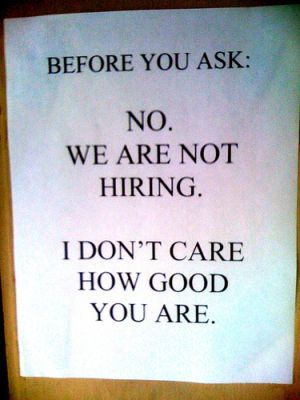Contributing writer ShiftFrequency
March 22 2014 ~ The stimulus that was offered to the United States people and companies in 2009 has had some time to affect the economy. Five years later, it’s a good idea to take a look at the pros and cons of this stimulus and see where exactly we are. No matter what side of the aisle you’re on, there are some things to think about with the economy today and how the stimulus got us here.
High Cost

One of the things that needs to be evaluated is the high cost of the stimulus. The total cost of the spending bill was $787 billion. This is a lot of money to the taxpayers. However, it’s also important to understand where this figure comes from. For example, the majority of that money was actually “given” to the American people in the form of tax cuts and rebates. Some claim that this means that it was not money that was given to the people, it was money that was not taken by the government.
Rebuilding the Infrastructure
In addition to the tax cuts for American families, part of this stimulus went toward rebuilding some of the infrastructure in the country. For example, more than 40,000 miles of roads have been upgraded. 2,700 bridges have either been fixed or have had upgrades added that will keep them in good repair for years to come. Other infrastructures were implemented, updated, and fixed, as well.
Still No Jobs

One of the significant concerns about the stimulus is that it was supposed to help job growth. All of the infrastructure upgrades, tax incentives to companies, and more were supposed to help ensure that the economy would improve and there would be more than enough jobs for everyone. However, many feel that the stimulus fell flat when it came to economic recovery and jobs.
Since 2010, there have been 8.5 million jobs added. Some companies are even getting the government contracts they want and need; Blackberry phones are going to be used exclusively by the Department of Defense. As you look around nearly any city, you will see more “Now Hiring” signs than we have seen in several years. But this doesn’t paint the whole picture.
Originally the stimulus was touted as an investment in the economy. It was supposed to bring about drastic changes in unemployment and job opportunities. As of January 2014, the official numbers released by the US government indicate we are at a 6.6 percent unemployment rate. However, according to John Williams’ shadowstats.com this figure vastly underestimates the true rate of US unemployment, which is closer to 24% than the 6.6% reported by official sources.
This continued steep downward trend in employment indicates that the stimulus was inadequate to reverse job losses incurred as a result of trade treaties like NAFTA that shipped most American middle-class and blue-collar jobs overseas. In addition, unemployed Americans have become so jaded with the job hunting process that they have stopped looking for work. Of some concern, these displaced American workers aren’t considered “unemployed” and aren’t counted in the official statistics because they are no longer looking for work.
Looking Forward
Both sides – Democrat and Republican – can argue all day about whether the stimulus was a good idea or a bad one. Either way, it is done and we are continuing to make progress in creating jobs and rebuilding the economy. The big question now is what we should do from here. There are debates about whether another stimulus is a good idea, or whether we need to crack down on spending.
It is predicted by some that there will be another stimulus coming from the White House, and it won’t be long in the coming. In addition, it will be significant, to try to make up for the downfalls of the 2009 stimulus. It is expected that if another stimulus package is addressed, it will need to be large enough to actually create the number of jobs required to turn this economy around. Whether the two parties in Congress can agree on the likely enormous tab remains to be seen.
This article was originally published at ShiftFrequency
All rights are reserved.
